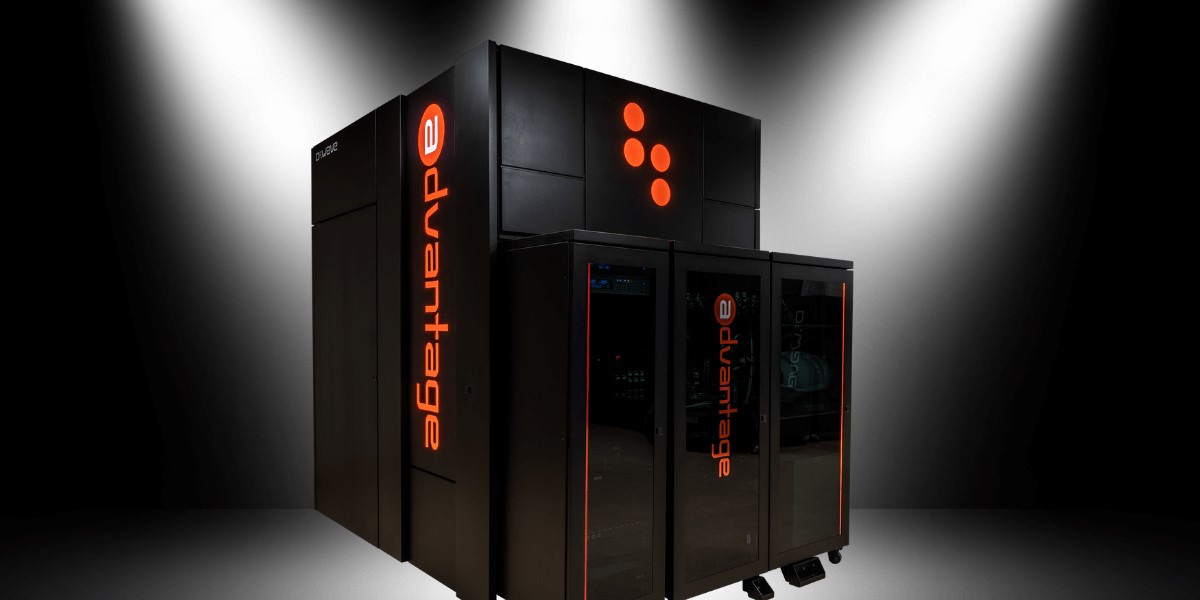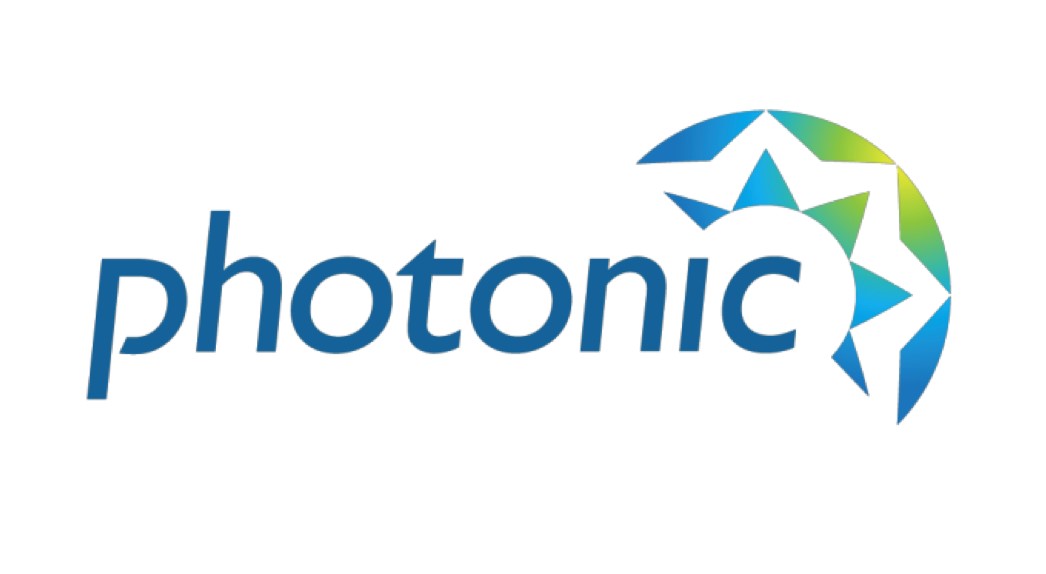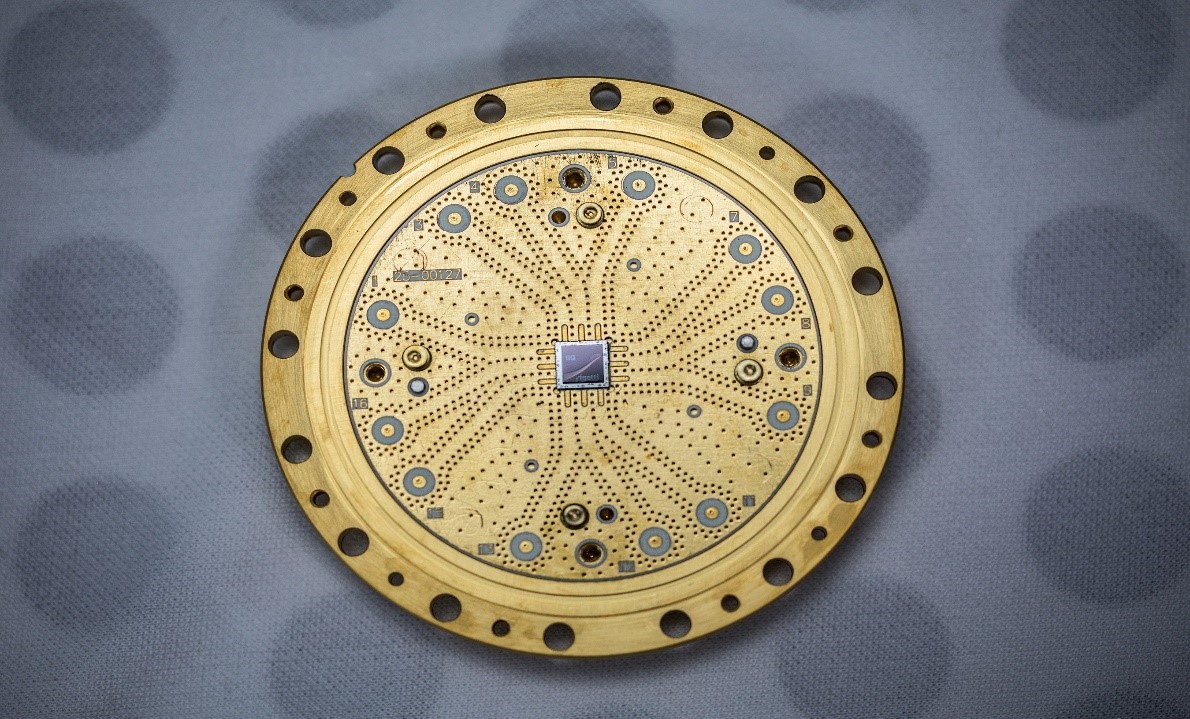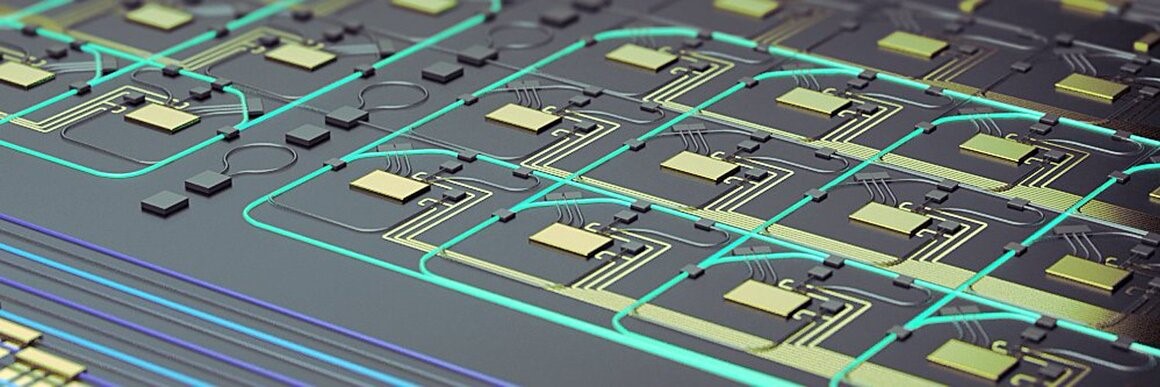Transitioning Military Drone Harnesses Rotor Backwash to Enhance Flight Efficiency
Lockheed Martin subsidiary Sikorsky has successfully tested a 115-lb (52-kg) electric-powered autonomous drone that utilizes a "rotor blown wing" (RBW) design, enabling it to operate like both a helicopter and an airplane. The drone's design channels the rotor's backwash over the wing surfaces, enhancing lift and reducing drag by increasing air velocity. While this approach involves some trade-offs in power and efficiency, it significantly improves flight control and allows the aircraft to achieve both short takeoff and landing (STOL) and vertical takeoff and landing (VTOL) capabilities, making it adaptable for various operational scenarios.

Figuere 1. The Sikorsky UAS takes off.
Sikorsky also highlights that the RBW design enhances the transition from hovering to slow horizontal flight and eventually to cruising speeds, particularly for tail-sitter, tilt-rotor, and similar aircraft [1]. This smoother transition is a key advantage, prompting Sikorsky to incorporate the RBW approach into its latest tail-sitting drone design. Figuere 1 The Sikorsky UAS takes off.
According to Lockheed Martin, the primary objective of the initial test flights for the twin prop-rotor prototype was to demonstrate its stability and maneuverability across various flight modes, as well as to showcase the scalability of the rotor blown wing (RBW) design for larger hybrid-electric variants. Additionally, the tests aimed to validate the RBW's ability to minimize drag from the wing during hovering.
A key focus of the project was to highlight the capabilities of Sikorsky Innovations, the company’s rapid prototyping division, by advancing from preliminary design to untethered prototype flight within just over a year.
The flight tests, conducted in January 2025, involved more than 40 takeoffs and landings, along with 30 complex transitions between helicopter and airplane modes, achieving a top cruise speed of 86 knots (99 mph, 159 km/h). These tests ran concurrently with wind tunnel experiments on a full-scale model to compare simulated and real-world performance, particularly evaluating the advanced control laws governing the flight systems. Sikorsky's MATRIX flight autonomy system, which enhances aircraft stability and control, was also a key aspect of these evaluations.
Once the technology reaches maturity, it is expected to support a wide range of applications, including search and rescue operations, wildfire monitoring, humanitarian aid missions, pipeline surveillance, long-range intelligence, surveillance, and reconnaissance (ISR), as well as collaborating with crewed aircraft for combat missions.
"Our rotor blown wing has proven its ability to deliver the control power and unique handling characteristics required to transition smoothly and predictably between hovering and high-speed wing-borne cruise flight," said Igor Cherepinsky, Director of Sikorsky Innovations "To achieve this seamless transition, we had to develop new control laws specifically for this maneuver. Test data suggests that when scaled to larger airframes, the technology could operate from pitching ship decks or unprepared ground with ease."
Reference
- https://newatlas.com/military/sikorsky-military-drone-uses-rotor-backwash-better-flight/
- https://news.lockheedmartin.com/2025-03-10-Sikorsky-Successfully-Flies-Rotor-Blown-Wing-UAS-in-Helicopter-and-Airplane-Modes
Cite this article:
Keerthana S (2025), Transitioning Military Drone Harnesses Rotor Backwash to Enhance Flight Efficiency, AnaTechMaz, pp.73















